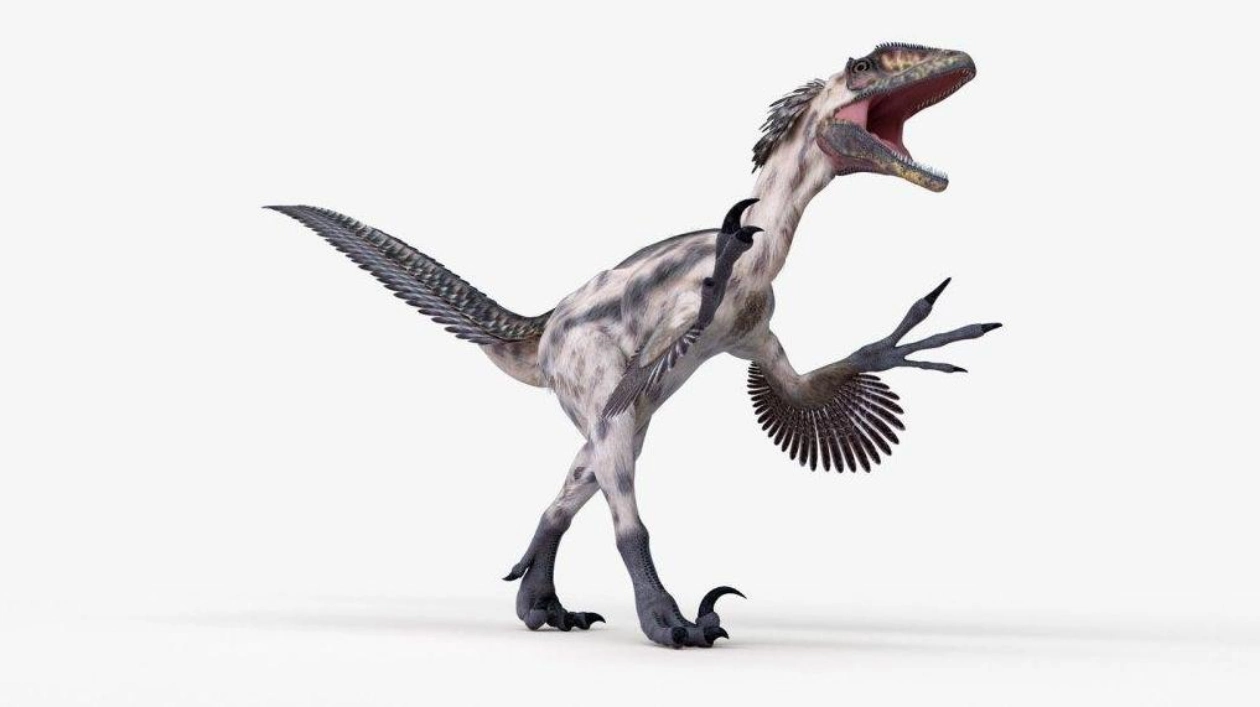In 1971, paleontologists discovered the remains of an 80-million-year-old battle in the sandstones of Mongolia’s Gobi Desert. Known as the “Fighting Dinosaurs,” the fossilized scene depicts a carnivorous Velociraptor locked in a deadly struggle with an herbivorous Protoceratops. The predator had its famed foot claw embedded in the herbivore’s neck, while the Protoceratops had bitten and broken its attacker’s arm.
For some researchers, this discovery confirmed that Protoceratops was a regular prey for Velociraptor. However, paleontologist David Hone is not entirely convinced. He argues that the preserved clash might be an anomaly rather than a typical hunting scenario for Velociraptor.
In his latest book, Uncovering Dinosaur Behavior: What They Did and How We Know, Hone cautions against using individual fossils to make broad claims about dinosaur behavior. He emphasizes that each specimen is a single data point and should not be used to infer too much about a species.
The book begins with a cautious introduction to dinosaur biology and behavior, highlighting how biases influence our understanding. Unlike other contemporary dinosaur books, Hone avoids personal narratives, opting instead for a rigorous overview of the latest research, often accompanied by disclaimers. His frankness is refreshing in a world where misconceptions about dinosaurs continue to captivate the public.
Some biases stem from paleontologists themselves. Hone notes that new or rare species are more likely to be collected and described than well-known ones. Additionally, specimens related to the rise of birds or those with unique features are prioritized, leaving other dinosaur groups understudied.
Misconceptions can also arise from environmental factors. Floods and rivers can carry carcasses away from their death sites, misrepresenting their habitats. Scavengers might displace or damage remains, preventing proper burial. Rainforest soil acids and bacteria often decompose corpses before they can be fossilized, leading to gaps in the fossil record.
Certain behaviors are better preserved than others. For instance, tooth marks on a duck-billed dinosaur’s arm bone suggest that Tyrannosaurus rex likely stripped meat from bones rather than biting through them. However, the chances of fossilizing brief acts like mating are slim.
Scientists often infer behavior from the last surviving dinosaurs—birds—and their closest relatives, crocodilians. For example, a 2021 study used a well-preserved Psittacosaurus specimen to reconstruct its cloaca, revealing possible scent-based communication similar to modern crocs.
Hone concludes each chapter with case studies on misrepresented dinosaurs. One example is Deinonychus, the inspiration for the Velociraptor in Michael Crichton’s Jurassic Park. While some researchers propose that Deinonychus hunted cooperatively, Hone argues that evidence for this is limited and suggests alternative explanations.
Although Uncovering Dinosaur Behavior presents the latest research, Hone’s caution and diligence may leave readers with less insight into how dinosaurs actually lived. This, however, is the book’s intent: to encourage careful consideration of biases and the inherent uncertainties in interpreting ancient behaviors.
Source link: https://www.sciencenews.org






